#dog arts
Text

#poetry#quotes#art#quote#words#poem#love#dog#dogs#dogblr#dogs of tumblr#doggos#animals#cute animals#pets#word#wording#letter#letters#lettering#aesthetic#positivity#positive quotes#positive mental attitude#positive thoughts#positive affirmations#morecore#corecore#hopecore#literature
200K notes
·
View notes
Text
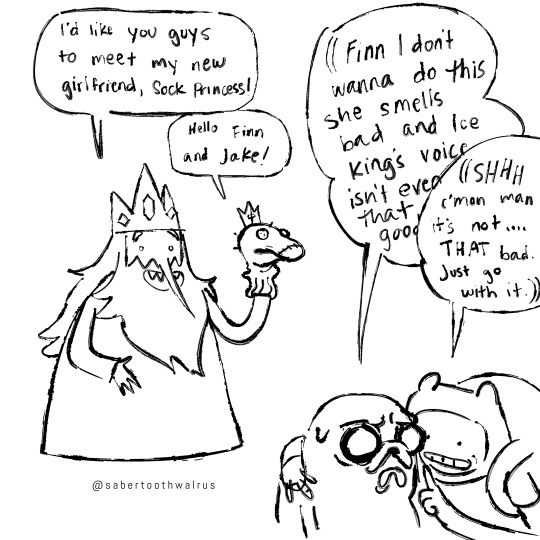


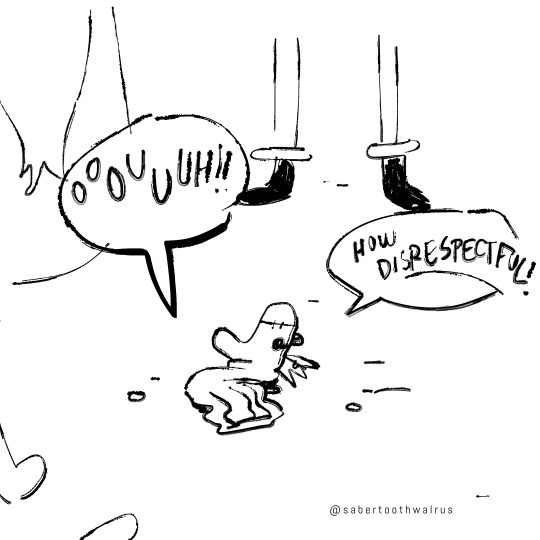
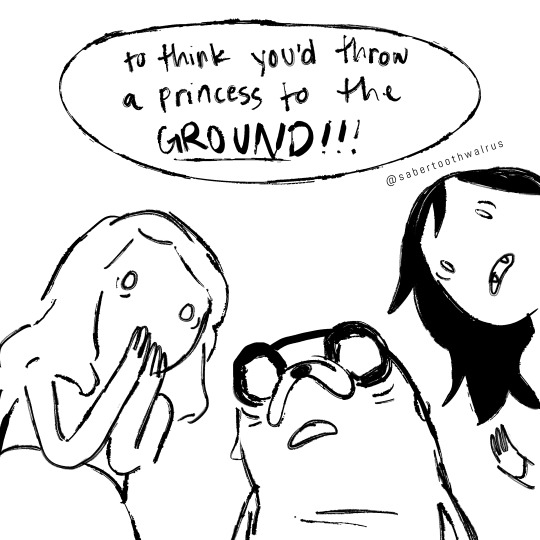
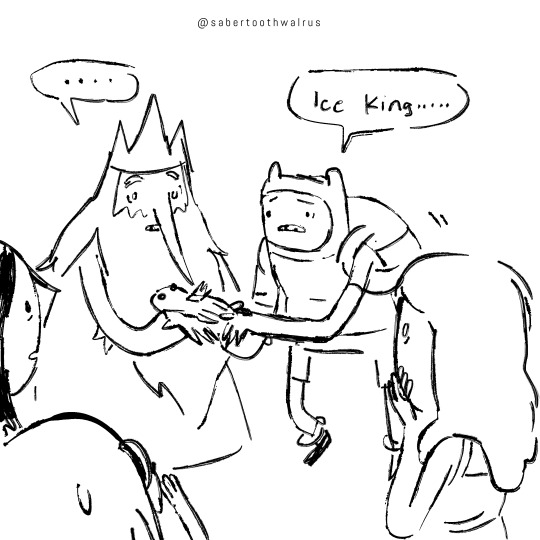
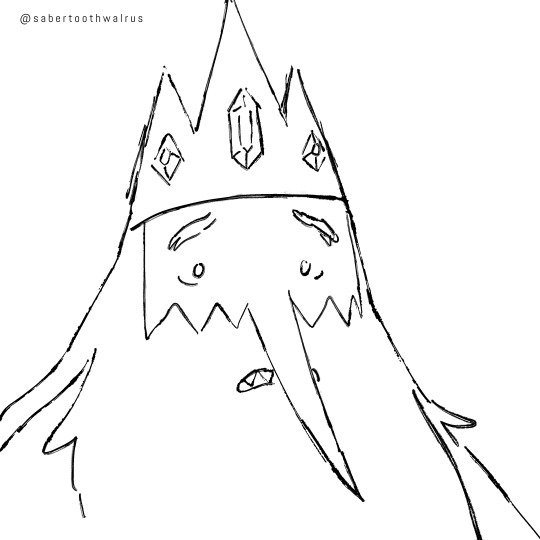

I wanted to revisit sock princess
#adventure time#ice king#sock princess#simon petrikov#finn the human#jake the dog#marceline the vampire queen#princess bubblegum#my art#comic
61K notes
·
View notes
Text

✦ Bread ✦
#he's helping#own art#own characters#CanisAlbus#art#artists on tumblr#Machete#anthro#sighthound#dogs#canine#animals#bread and soup kinda lad#I'm not sure if it was the case in all monasteries but usually monks baked their own bread I believe#also huge fan of the big strong baker with nerves of steel archetype#and another one of those “I've never drawn this pose before” moments
47K notes
·
View notes
Text
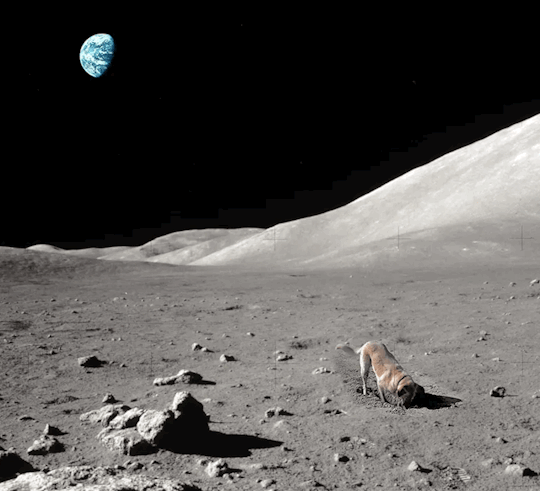
#abstract#dog#doggo#dogblr#scifi#landscape#landscape photography#gif#funny#vaporwave#synthwave#retrowave#retro#aesthetic#80s aesthetic#1980s#80s#1980s aesthetic#neon#art#aes#aesthetics#retrofuture#vhs#cyberpunk#mood#dreamwave#chillwave#noir#outrun
51K notes
·
View notes
Text
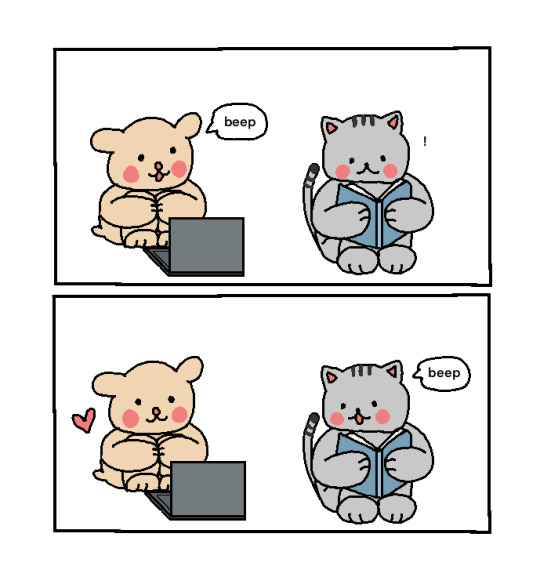
random noise to let you know I love u
31K notes
·
View notes
Text
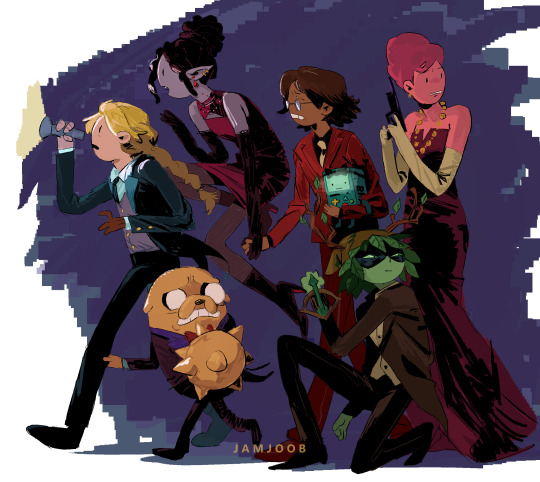
I would've done anything for another fancy dinner episode
#adventure time#finn the human#jake the dog#marceline#simon petrikov#princess bubblegum#huntress wizard#bmo#my art
43K notes
·
View notes
Text

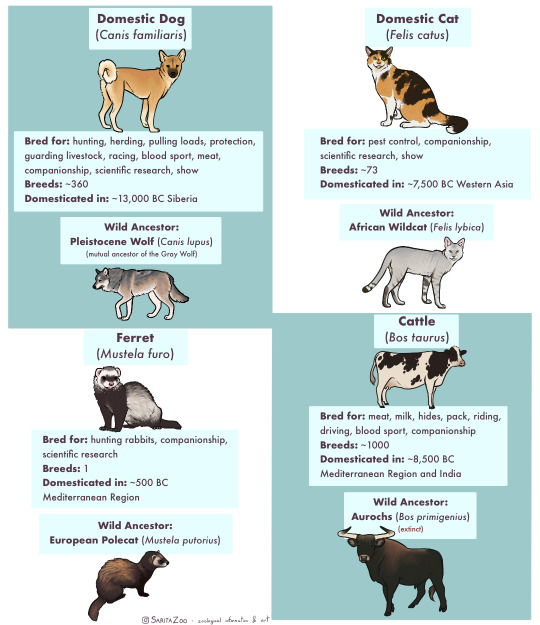


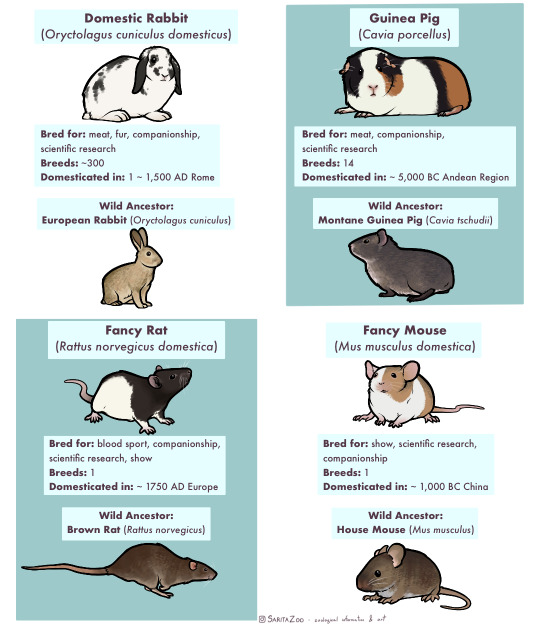
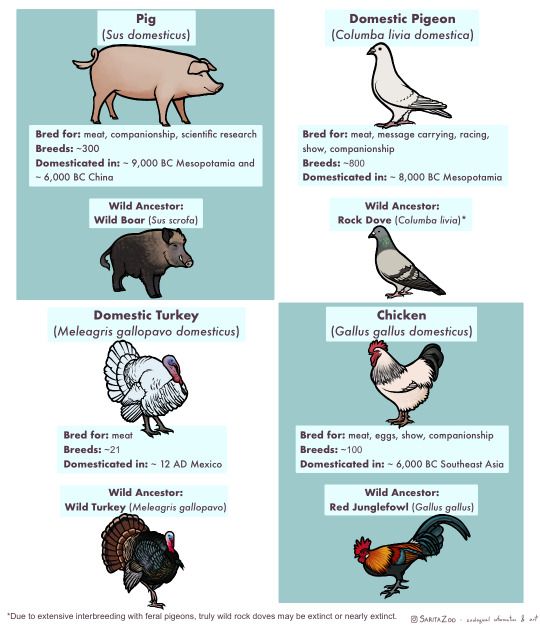
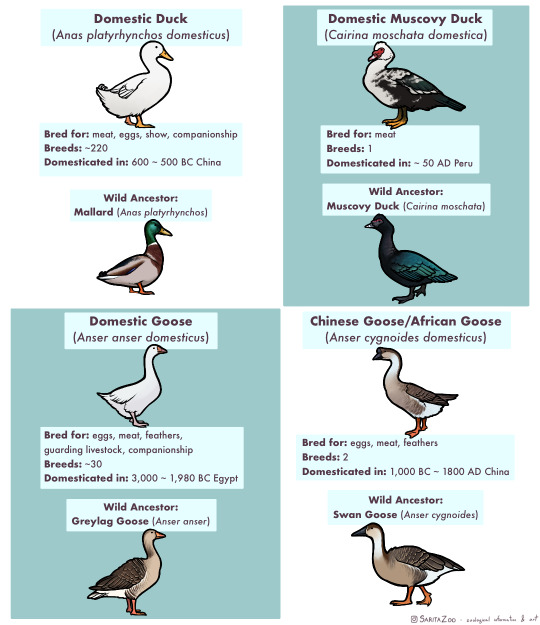
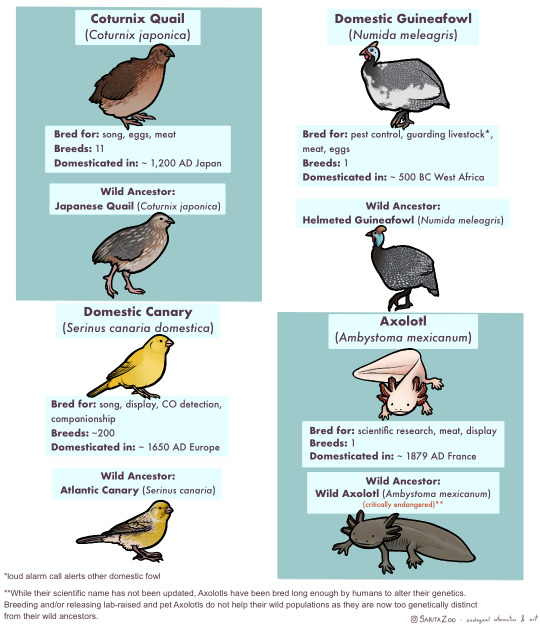


Phew. This one took, uh… a bit longer than expected due to other projects both irl and art-wise, but it’s finally here. The long-awaited domestic animal infographic! Unfortunately, I didn’t have enough space to cover every single domestic animal (I’m so sorry, reindeer and koi, my beloveds) but I tried to include as many of the “major ones” as possible.
I made this chart in response to a lot of the misunderstandings I hear concerning domestic animals, so I hope it’s helpful!
Further information I didn’t have any room to add or expand on:
🐈 “Breed” and “species” are not synonyms! Breeds are specific to domesticated animals. A Bengal Tiger is a species of tiger. A Siamese is a breed of domestic cat.
🐀 Different colors are also not what makes a breed. A breed is determined by having genetics that are unique to that breed. So a “bluenose pitbull” is not a different breed from a “rednose pitbull”, but an American Pitbull Terrier is a different breed from an American Bully! Animals that have been domesticated for longer tend to have more seperate breeds as these differing genetics have had time to develop.
🐕 It takes hundreds of generations for an animal to become domesticated. While the “domesticated fox experiment” had interesting results, there were not enough generations involved for the foxes to become truly domesticated and their differences from wild foxes were more due to epigenetics (heritable traits that do not change the DNA sequence but rather activate or deactivate parts of it; owed to the specific circumstances of its parents’ behavior and environment.)
🐎 Wild animals that are raised in human care are not domesticated, but they can be considered “tamed.” This means that they still have all their wild instincts, but are less inclined to attack or be frightened of humans. A wild animal that lives in the wild but near human settlements and is less afraid of humans is considered “habituated.” Tamed and habituated animals are not any less dangerous than wild animals, and should still be treated with the same respect. Foxes, otters, raccoons, servals, caracals, bush babies, opossums, owls, monkeys, alligators, and other wild animals can be tamed or habituated, but they have not undergone hundreds of generations of domestication, so they are not domesticated animals.
🐄 Also, as seen above, these animals have all been domesticated for a reason, be it food, transport, pest control, or otherwise, at a time when less practical options existed. There is no benefit to domesticating other species in the modern day, so if you’ve got a hankering for keeping a wild animal as a pet, instead try to find the domestic equivalent of that wild animal! There are several dog breeds that look and behave like wolves or foxes, pigeons and chickens can make great pet birds and have hundreds of colorful fancy breeds, rats can be just as intelligent and social as a small monkey (and less expensive and dangerous to boot,) and ferrets are pretty darn close to minks and otters! There’s no need to keep a wolf in a house when our ancestors have already spent 20,000+ years to make them house-compatible.
🐖 This was stated in the infographic, but I feel like I must again reiterate that domestic animals do not belong in the wild, and often become invasive when feral. Their genetics have been specifically altered in such a way that they depend on humans for optimal health. We are their habitat. This is why you only really see feral pigeons in cities, and feral cats around settlements. They are specifically adapted to live with humans, so they stay even when unwanted. However, this does not mean they should live in a way that doesn’t put their health and comfort as a top priority! If we are their world, it is our duty to make it as good as possible. Please research any pet you get before bringing them home!
#SaritaZoo#my art#domestic animals#domestication#pets#dogs#cats#ferrets#cows#sheep#goats#bovids#horses#donkeys#camels#llamas#alpacas#rabbits#guinea pigs#rats#pet rats#pet mice#pigs#pigeons#turkeys#chickens#ducks#geese#quail#i ran out of tags rip
31K notes
·
View notes
Text

decided to make silly cat versions for the whole avatar team
( psssst, there are more cats under the catla tag on my page)
#appa would 100% be a giant fluffy dog#atla fanart#art#avatar the last airbender#atla#zuko#toph beifong#aang#sokka#katara
15K notes
·
View notes
Text
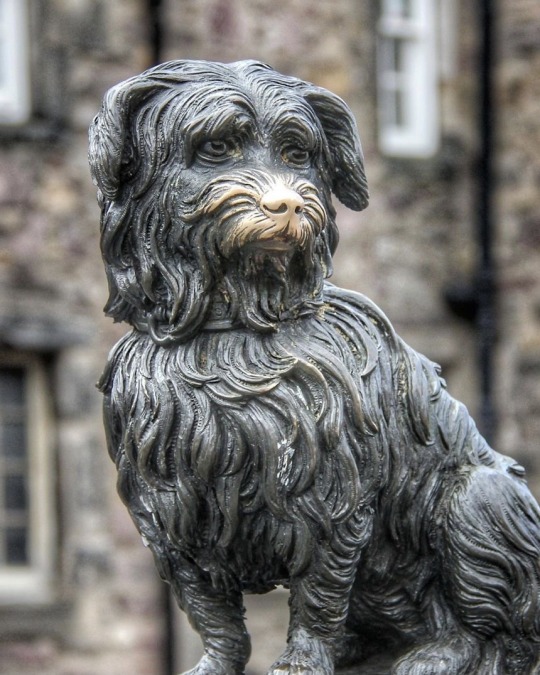
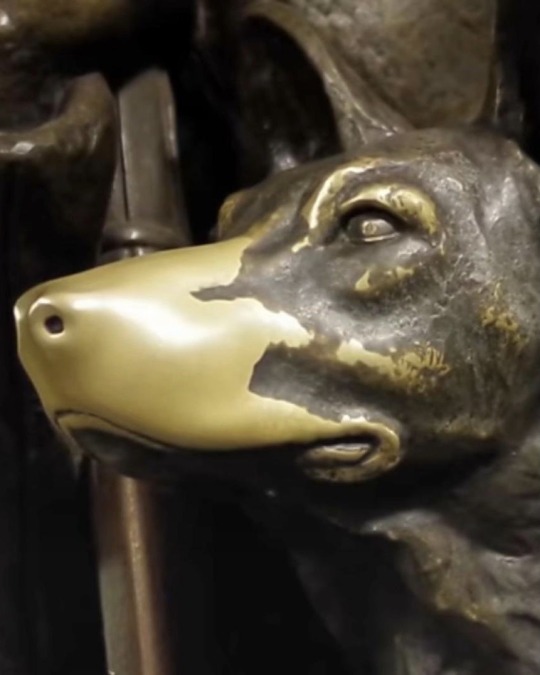
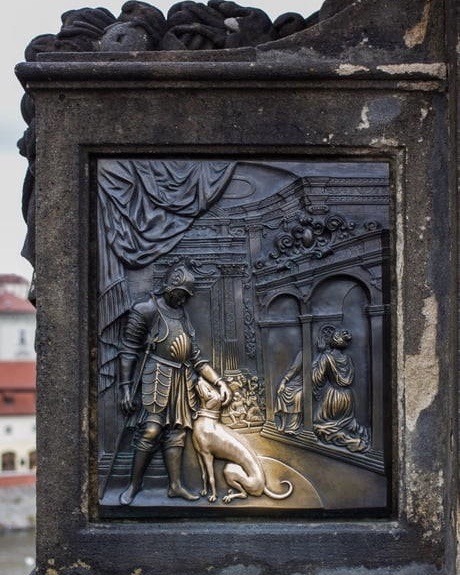

Dog sculptures turned golden from tourists petting them throughout the years
#sculpture#sculptures#art#architecture#classic academia#dark academia#art blog#dogs#traveling#travelcore#travel aesthetic#animals#art history#museumcore#wholesome#dog#museum aesthetic#artist#artblr#art community#classical art#artists#academia aesthetic#aesthetic#pets#pet
23K notes
·
View notes
Text

Twitter really liked this one so have a doggy
28K notes
·
View notes
Text

it's illegal to not say "oh big stretch" when your dog does a Big Stretch
21K notes
·
View notes
Text
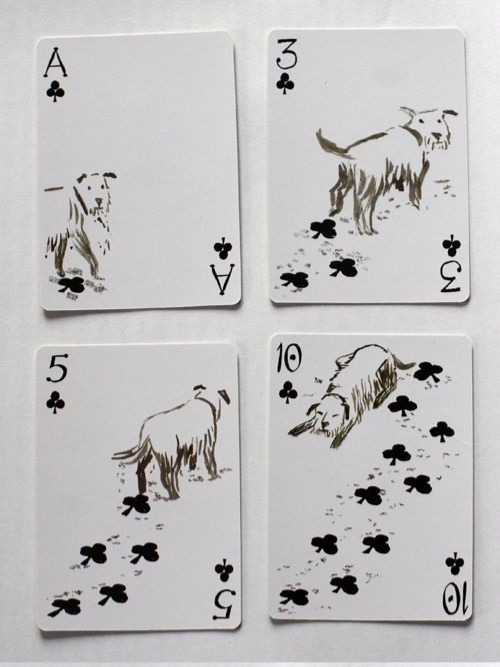


these are the best cards on the planet and no one can tell me otherwise
(etsy)
15K notes
·
View notes
Text

#memes#meme#prairie dog#cute#lol#funny#adorable#cute memes#art memes#funny memes#funny meme#shitpost#shitposting#wholesome#wholesome meme#wholesome memes#cute animals#animals#animal#cute meme#art#art meme#drawing#just a little guy#lying on your resume to get a job as a science book illustrator#little guy looks chuffed
54K notes
·
View notes
Text
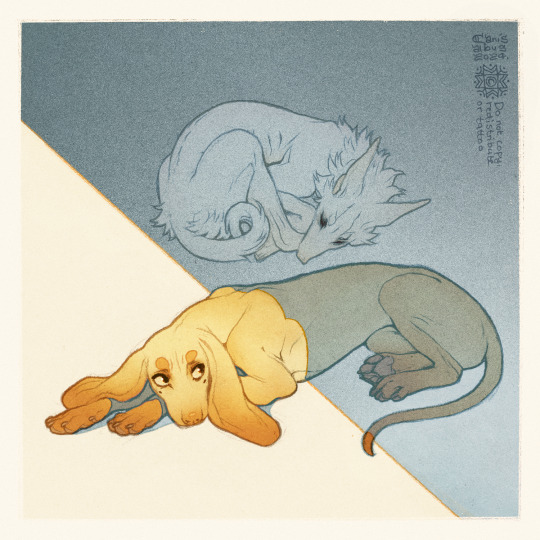
✦ Siesta ✦
#own art#own characters#CanisAlbus#art#artists on tumblr#Vasco#Machete#sighthound#dogs#canine#animals#Vasco's golden fur looks it's best in direct sunlight#Machete prefers shade because he burns easily and his eyes are sensitive to bright lights#I love light yellow I see yellow and I go HRAAAH
14K notes
·
View notes
Text
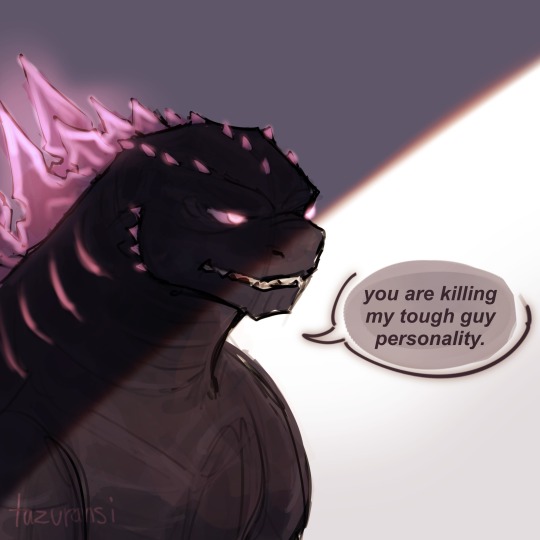


one cannot resist moth wife
#is goji a cat? a dog? who knows#i just like drawing his tail wagging whenever he sees mothra#i cant think of a dog that acts like a cat#chihuahuas maybe…#my art#digitalart#kaiju#monsterverse#godzilla#mothra#mothzilla#mosugoji#godzilla x kong: the new empire#the more i draw mothra the longer her antennas get
8K notes
·
View notes
Text
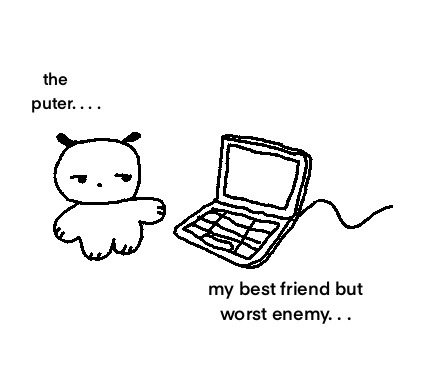
119K notes
·
View notes